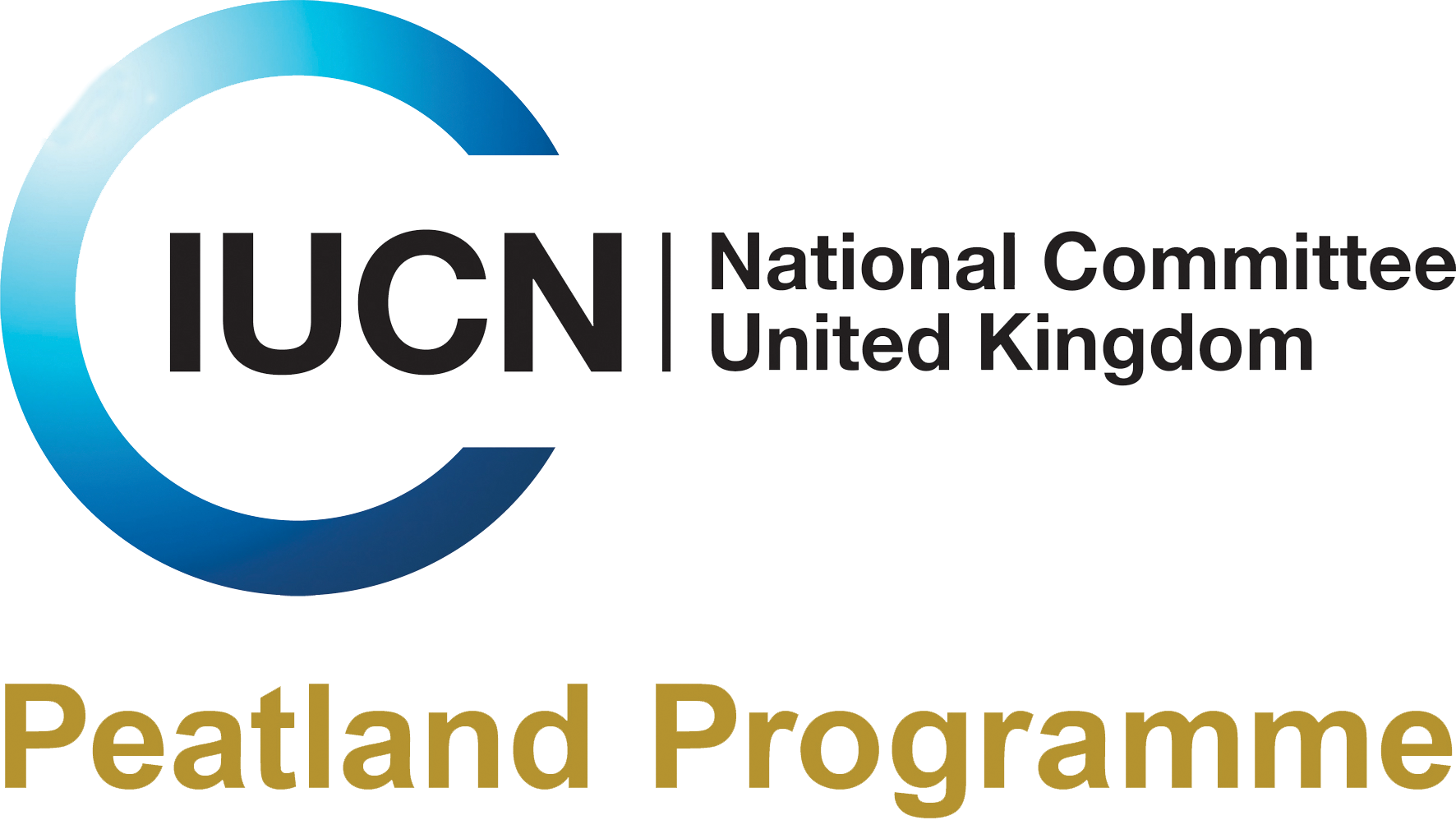Against a backdrop of ever-changing circumstances and a challenging year for nature, Moors for the Future Partnership is pleased to say that the conservation work this year has not only been completed successfully, but has been the largest conservation season to date for the Partnership.
Moors for the Future deliver biggest conservation season yet in a challenging year

Snowy moorland conditions in 2021. Credit Moors for the Future.
The difficulties of working through the pandemic and a prolonged period of extraordinarily snowy weather presented a double challenge over the last twelve months. Working on the high moor tops and then collating data from the conservation work delivered had been tricky, yet in some aspects of the work, such as sphagnum planting and gully blocking, they have achieved an increase on last year’s efforts. It was a record year for gully blocking – almost 10,000 gully blocks constructed (exceeding the previous record of 8,268 in 2019-20), over half of which were peat dams. It was also a record year for sphagnum planting; just over 1,035 hectares were planted, which is just a little bit over the previous record of 1,004 hectares (2019-20). That’s the equivalent of 1,478 football pitches! Similarly 68 hectares of plug plants were planted including heather, cotton grass and bilberry, which is a little over the previous record of 59.7 hectares, again achieved in 2019-20.
New conservation techniques have also been trialled. Conservation Contracts Manager Steve Maynard says:
“Following the proof-of-concept trials in 2019-20, this past year of 2020-21 saw bunds being constructed by us on a landscape scale for the first time – over 100 hectares achieved.”
Moors for the Future Partnership is grateful to all partners for their efforts over a challenging year, and look forward to continue delivering landscape scale conservation work in partnership into the future.

Helicopter carrying materials in a bucket to a remote peatland restoration site. Credit Moors for the Future Partnership
